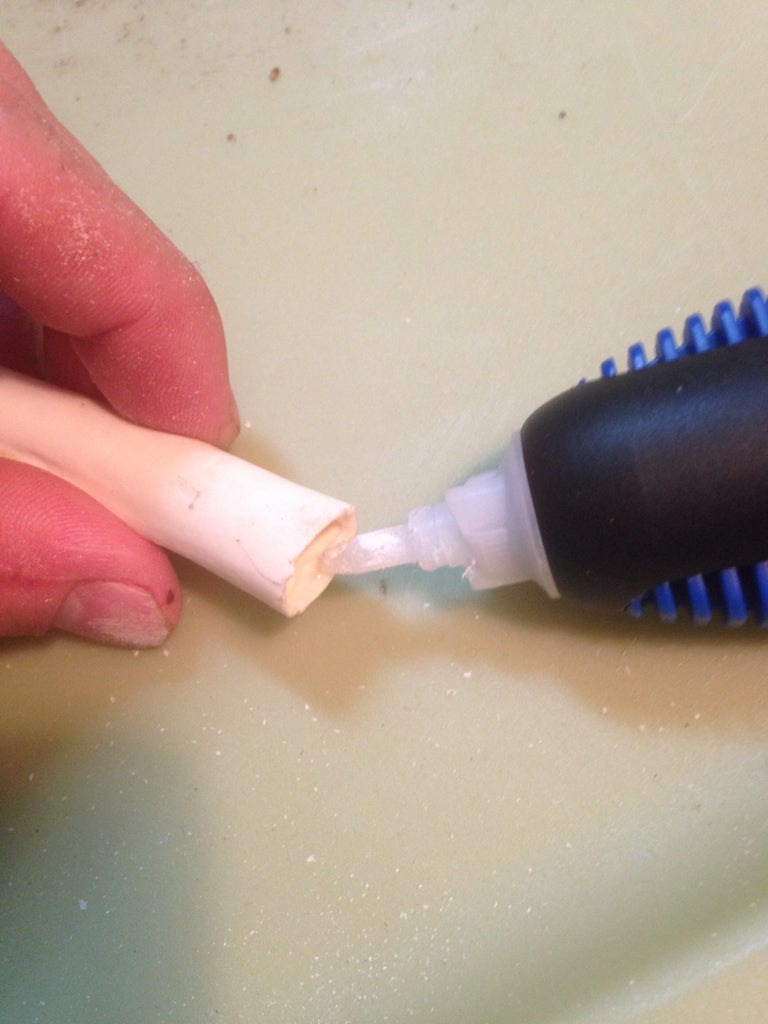Mastering the Wingbone: A Beginner’s Guide to Using Turkey Wingbone Calls
For hunters pursuing wild turkey, the ability to mimic those iconic gobbles and clucks can mean the difference between a successful hunt and going home empty-handed. While modern box and slate calls produce realistic sounds, the classic wingbone call remains a favorite for its simplicity and authenticity.
Fashioned from the wing bones of turkeys these ancient calls have echoed through forests for generations. With some practice, anyone can learn to coax lifelike tones from these magical natural instruments.
In this article, we’ll cover everything needed to master the art of the wingbone call including
- Wingbone Call Basics and History
- Selecting the Right Wingbones
- Preparing and Tuning Your Call
- Proper Handling and Grip Technique
- Mastering Realistic Turkey Sounds
- Advanced Tips and Troubleshooting
- Caring for Your Call and Storing Properly
Follow these steps to gain skills worthy of the savviest turkey hunters. Gobbling greatness awaits!
Wingbone Call Basics and History
Wingbone calls are made from the radius bone found in a turkey’s wing. This specialized instrument has been used since prehistoric times by hunters pursuing wild turkeys across North America.
Native Americans perfected the art of wingbone calling and considered a hunter’s call a prized possession. The hollow bones produce amazingly realistic yelps, clucks, and gobbles when air is blown across the open end.
With origins dating back over 1,000 years, the wingbone remains a beloved tool for traditionalists looking to channel turkey talk in its purest form.
Selecting the Right Wingbones
Wingbones from mature male turkeys make the best calls. The radius bones should be around 4 to 5 inches long. The bones dry and cure after collection.
Most hunters gather their own bones from turkeys harvested in previous seasons. You can also purchase high-quality wingbone calls from specialty retailers.
Look for bones free of cracks or defects. Ensure any pre-made call has an unobstructed hollow air chamber.
Preparing and Tuning Your Wingbone
Before use, prepare your wingbone call:
-
Carefully remove any remaining cartilage and tissue.
-
Drill a small hole near the closed end of the hollow bone.
-
Soak the bone in vegetable oil overnight to preserve and waterproof it.
-
Use fine grit sandpaper to smoothly taper and shape the open end.
-
Tune the call by trimming the open end until the desired tone is achieved.
Your customized wingbone is now ready to start practicing calls.
Proper Handling and Grip
Using proper hand positioning is critical for effective wingbone calling:
-
Grasp the tapered end, keeping the interior hollow. Place the drilled hole facing inward.
-
Hold between thumb and index finger, braced against your palm below.
-
Keep fingertips over the open end to control airflow as you direct sound forward.
-
Angle the tapered end slightly outward to channel soundwaves.
-
Adjust your grip until the bone is stabilized but relaxed in your hand.
Your grip should allow easy airflow control while keeping the call steady and directed forward.
Mastering Realistic Turkey Sounds
With a properly tuned wingbone and correct grip, it’s time to develop distinct turkey calls:
-
Yelps – Say “keey” to generate 2-7 rapid, high-pitched yelp notes.
-
Clucks – Make a “kut” sound to produce sharper, louder clucks.
-
Gobbles – Blow steady “guh” tones to mimic a male turkey’s resonant gobble.
-
Purrs – Roll “brrr” sounds for a contented hen’s rhythmic purr.
-
Cuts – End any call with an abrupt “tut” to simulate a hen being suddenly startled.
Practice slowly, then increase pace and volume. Use calling sequences that mimic natural turkey dialogue. With regular practice, your wingbone skills will continue improving.
Advanced Tips and Troubleshooting
If struggling with certain calls, try these tips:
-
Add back pressure by partially covering the open end with a fingertip.
-
Adjust the tapered end angle to direct sound optimally.
-
Try slightly different hand positions until the wingbone resonates clearly.
-
Sand or trim more from the open end to fine-tune tone.
-
Apply beeswax or chapstick inside the hollow to smooth airflow.
-
Ensure bone interior is fully dry. Excess moisture mutes sound.
With experimentation, you’ll discover the personalized grip and style that unlocks your wingbone’s full potential.
Caring for Your Call
Follow these steps to maintain your treasured wingbone call:
-
Keep free of dirt, dust, and humidity when not hunting.
-
Occasionally rub with vegetable or mineral oil to prevent drying.
-
Store in a protective tube or sheath.
-
Check periodically for cracking or deterioration. Discard and replace if necessary.
Your wingbone should provide years of service and memories if properly cared for between seasons.
Hone Your Hunting Skills
For the traditional-minded turkey hunter, nothing satisfies like mastering the ancient art of wingbone calling. With dedicated practice using correct technique, this natural tool can produce incredibly authentic sounds sure to draw in even the craftiest tom.
Remember to be patient, experiment relentlessly, and respect your unique instrument. Before you know it, that magical bone will be transforming into the boisterous language of the wild turkey. Now get out there, mimic some birds, and create your own turkey hunting success story. Gobble on!

Introduction: Wingbone Turkey Call


Step 3: Glue Bones Together


How To Use The Parsons’ Wingbone Turkey Call
FAQ
Which side of the turkey call goes up?
What is the best turkey call for beginners?
